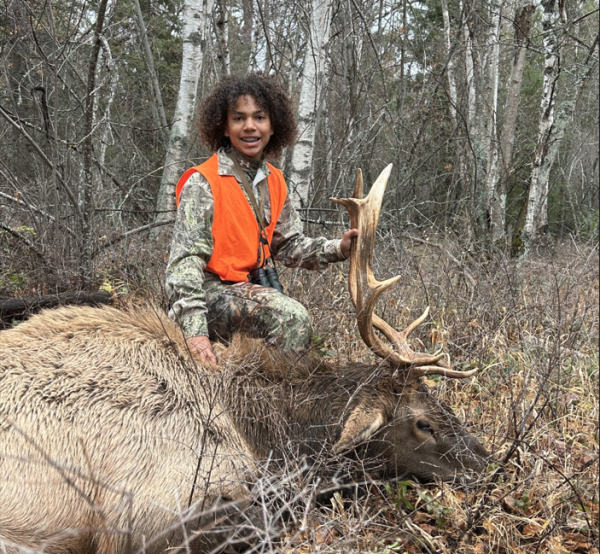
|
KALISPELL — Check station results through the fourth weekend of the general rifle season show steady hunter participation and generally consistent harvest numbers across northwest Montana.
According to data collected at regional stations, Montana Fish, Wildlife & Parks staff have checked 7,148 hunters so far this season, a slight decrease from last year.
Harvest totals across major big-game species remain similar to 2024, with some shifts among deer and elk. White-tailed deer continue to make up the bulk of the harvest. Hunters have checked 576 white-tailed deer, down from 625 last year at this time. Mule deer harvest is trending below last year, with 59 mule deer checked compared to 74 in 2024. Hunters have checked 42 elk so far, slightly below the 46 recorded by this point last year.
Region-wide, 9.5 percent of hunters checked had harvested game, nearly identical to last year’s 9.6 percent. Olney currently leads the region with an 11.5 percent success rate.
Check stations provide an important index of hunter effort and harvest but represent only a sample of the total harvest across the region. Hunters are reminded that they must stop at any check station they encounter, whether or not they have harvested an animal.
The 2025 general deer and elk season runs through Nov. 30, with regional check stations open on weekends from 10 a.m. to approximately 1.5 hours after sunset. Region 1 stations are located on U.S. Highway 2 west of Kalispell, Montana Highway 83 north of Swan Lake, Highway 200 west of Thompson Falls, and Highway 93 near Olney.
Hunters play an important role in helping Montana Fish, Wildlife & Parks monitor chronic wasting disease (CWD). Testing is voluntary in most of northwest Montana, but mandatory for certain licenses near Libby, including the White-tailed Deer B License 199-20 in Hunting Districts 100, 103, and 104, and the Mule Deer Permit 103-50 in Hunting District 103.
Hunters can have animals sampled at CWD sampling stations, most FWP offices, or collect and mail samples themselves.
FWP strongly recommends obtaining a negative test result before processing or donating meat.
If the animal tests positive for CWD, FWP will advise the hunter on proper carcass and meat disposal and give instructions on how to request a replacement license.
Hunters should properly dispose of carcass waste to help prevent the spread of CWD and other diseases. Brain, spinal tissue, and other high-risk parts should be left at the kill site when possible or disposed of at a Class II landfill.
In northwest Montana, here's how you can get your animal sampled this fall:
General Deer & Elk Season
Learn more about CWD at https://fwp.mt.gov/conservation/chronic-wasting-disease/
|
|